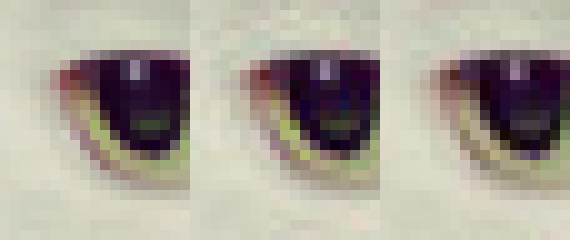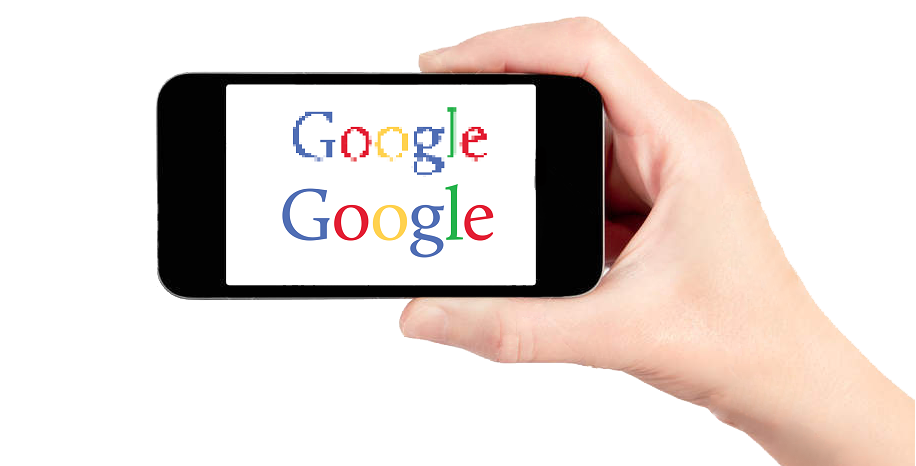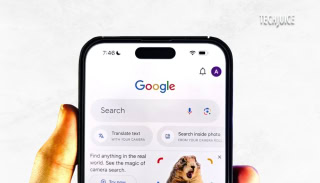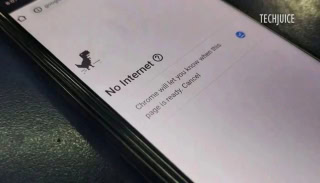Google has developed and open-sourced a new JPEG algorithm that reduces file size by about 35 percent — which means faster web page loading and better image quality.
JPEG (Joint Photographic Experts Group) is a commonly used method of lossy compression for digital images. It uses data compression methods that are used to reduce data size for storage, handling, and transmitting content. The degree of compression can be adjusted, allowing a selectable tradeoff between storage size and image quality.
Smaller JPEGs mean faster websites. Google has created a new encoder that will reduce the file sizes of images while maintaining picture quality, allowing websites to load faster. The blog reads,
“At Google, we care about giving users the best possible online experience, both through our own services and products and by contributing new tools and industry standards for use by the online community. That’s why we’re excited to announce Guetzli, a new open source algorithm that creates high-quality JPEG images with file sizes 35% smaller than currently available methods, enabling webmasters to create webpages that can load faster and use even less data.”
What is Guetzli?
Guetzli is Swiss German for cookie. It “is a JPEG encoder for digital images and web graphics that can enable faster online experiences by producing smaller JPEG files while still maintaining compatibility with existing browsers, image processing applications and the JPEG standard.”
It specifically targets the quantization stage in file compression in which the more visual quality loss is introduced, the smaller the resulting file. Guetzli produces smaller image file sizes without sacrificing quality. However, while Guetzli creates smaller image file sizes, the tradeoff is that these search algorithms take significantly longer to create compressed images than currently available methods.
In addition to reducing load times and bandwidth costs for mobile users, the webmasters and graphic designers will find Guetzli useful and apply it to their photographic content, making users’ experience smoother on image-heavy websites.













